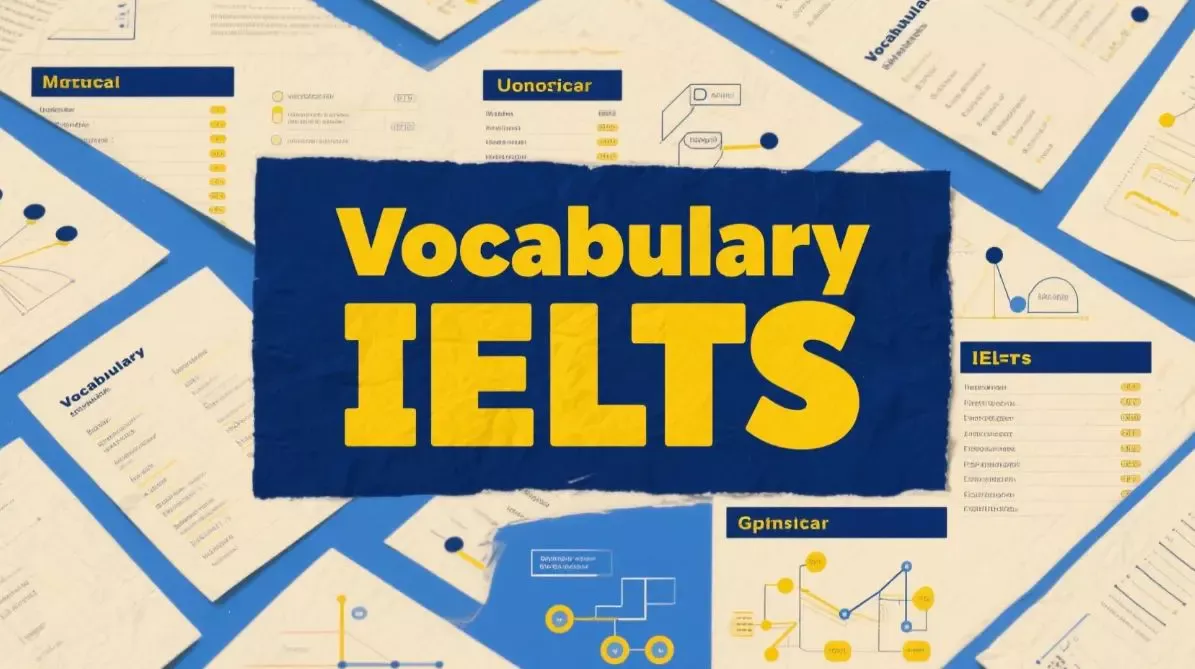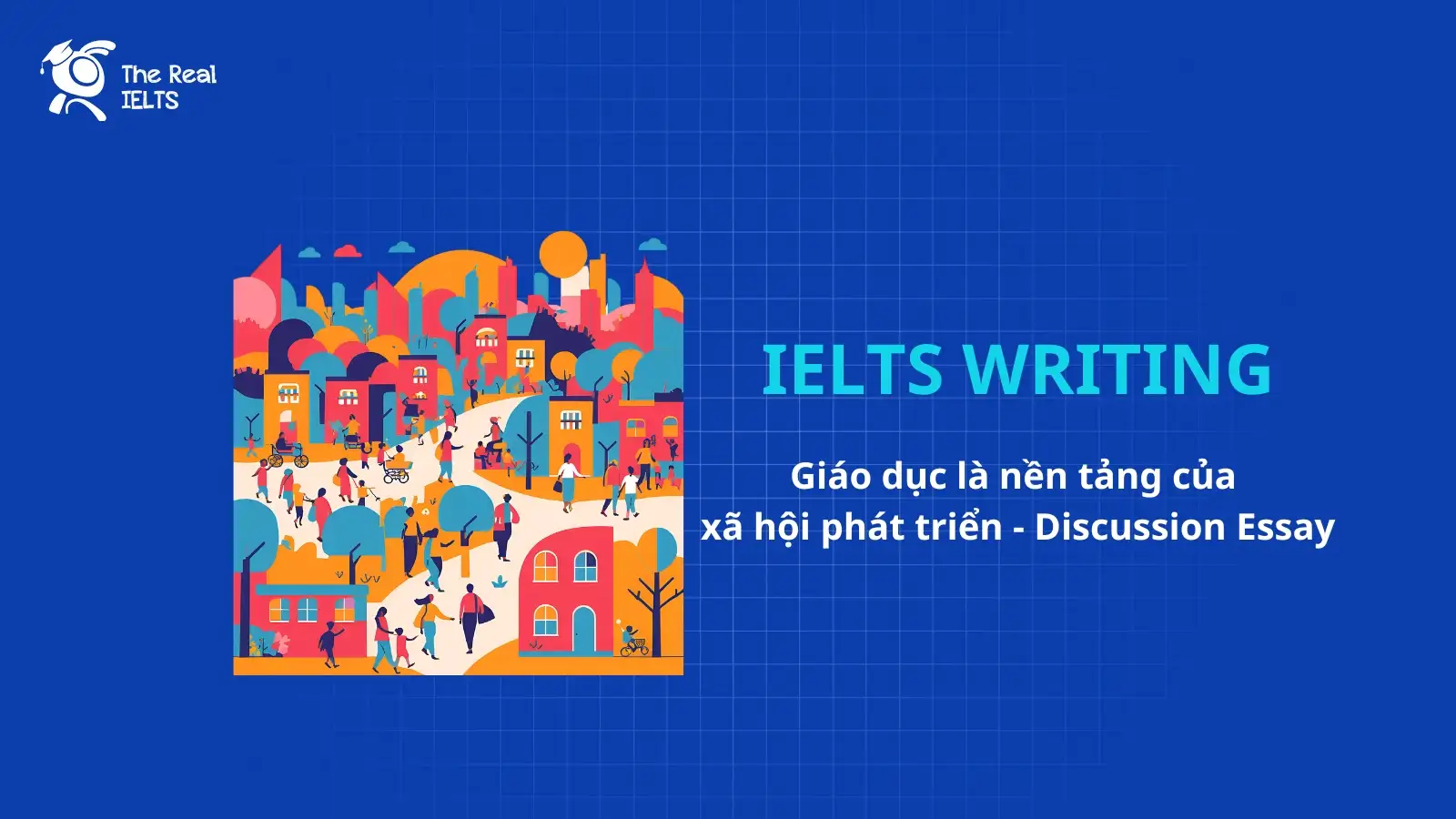IELTS Reading 72: The impact of tourism on local cultures là chủ đề thuộc chuỗi bài luyện tập 11 dạng bài IELTS Reading và các bài tập luyện tập.
Học lại bài cũ: IELTS Reading 71: Sustainable tourism development.
IELTS Reading: The impact of tourism on local cultures
Tourism plays a significant role in the global economy, providing revenue for destinations worldwide and creating numerous employment opportunities. However, its influence on local cultures has sparked both positive and negative discussions. While tourism can help preserve cultural heritage, it can also lead to cultural erosion, commodification, and other challenges.
One of the positive aspects of tourism is its potential to preserve local culture. By generating revenue from tourist activities, local communities can fund cultural programs, maintain historical sites, and promote traditional art forms. In regions where resources are limited, tourism often becomes a primary source of income, allowing communities to invest in their cultural heritage. Cultural festivals, museums, and traditional performances funded by tourism are not only a source of pride but also a means of educating visitors about local customs and history. For instance, the economic boost from tourism in countries like Thailand and Japan has helped support ancient festivals, traditional crafts, and historic temples.
Nevertheless, the rapid influx of tourists can sometimes harm local cultures. When communities focus on attracting tourists, cultural practices may be modified to appeal to an international audience. In some cases, traditional ceremonies and customs are altered, commercialized, or scheduled to accommodate tourists, resulting in the loss of their original meaning and significance. This process, often referred to as “cultural commodification,” can strip local practices of authenticity. The Maasai tribes in Kenya, for example, often perform traditional dances for tourists rather than in their original contexts, altering the cultural significance of these practices.
Language, too, is affected by tourism. As communities cater to an international audience, the demand for English and other widely spoken languages increases. Local dialects and languages may gradually decline as people shift to languages that are more profitable or practical for tourism-related interactions. In some instances, younger generations might prioritize learning foreign languages over preserving their native tongues, which can ultimately lead to language loss and cultural dilution.
Tourism also impacts traditional lifestyles. As destinations become popular, there is often an increased demand for infrastructure, hotels, and restaurants. This development can lead to changes in the way locals live and work, especially in small communities. Traditional occupations, like fishing or farming, may be abandoned as locals turn to tourism-related jobs, altering the cultural landscape of these areas. Furthermore, the introduction of foreign brands, food, and entertainment can change the local lifestyle, as communities adapt to accommodate tourists’ preferences.
While tourism brings economic benefits, it can also lead to cultural challenges. To mitigate negative impacts, sustainable tourism practices are being promoted, emphasizing the preservation of local culture and environment. By striking a balance between economic growth and cultural preservation, communities can safeguard their heritage while still reaping the rewards of the tourism industry.
Questions
1. Multiple Choice
What is one of the positive impacts of tourism on local cultures?
A. It discourages traditional art forms.
B. It helps to fund cultural programs.
C. It reduces the need for historical sites.
D. It eliminates the importance of festivals.
2. True/False/Not Given
a. Tourism has a primarily negative effect on local economies.
b. Cultural commodification occurs when cultural practices are altered for tourist appeal.
c. Tourism has led to the total disappearance of some local languages.
3. Yes/No/Not Given
a. Tourism always ensures the preservation of local languages.
b. Tourism-related jobs have made traditional occupations like fishing obsolete in many regions.
c. The author believes sustainable tourism can benefit both the economy and culture of local communities.
4. Matching Information
Match the following information with the paragraphs:
i. Description of how tourism can change traditional ceremonies and customs.
ii. Explanation of how local languages may be at risk due to tourism.
iii. Examples of how tourism can support the preservation of historic sites and festivals.
5. Matching Headings
Choose the correct heading for each paragraph:
A. The Economic Benefits of Tourism
B. Challenges of Cultural Commodification
C. Language Shifts Due to Tourism
D. Sustainable Approaches to Tourism
6. Matching Sentence Endings
Match the beginning of each sentence with the correct ending:
a. Tourism provides economic opportunities that…
b. Cultural practices may be commercialized when…
c. Sustainable tourism emphasizes…
7. Sentence Completion
Complete the following sentences using words from the text:
a. Tourism can provide funding for __________ to help preserve cultural heritage.
b. Traditional ceremonies may lose their original meaning due to __________.
c. Local languages may decline as people shift to __________ languages for tourism.
8. Summary Completion
Complete the summary below with words from the passage:
Tourism brings revenue to local communities, allowing them to __________ cultural programs and maintain __________. However, increased tourism can lead to __________, where cultural practices are changed to suit tourists’ preferences.
9. Diagram Label Completion
Label the diagram below with information from the text:
a. Diagram of the cycle of cultural preservation through tourism.
- Revenue generation → __________ → Cultural preservation
10. Short Answer Questions
a. What is one way tourism can help preserve local cultures?
b. How does cultural commodification affect local customs?
c. Why might younger generations in tourist areas prioritize foreign languages?
11. Table/Flowchart/Note Completion
Complete the table with information from the text:
| Aspect of Tourism Impact | Description | Example |
|---|---|---|
| Economic benefit | Revenue generation | __________ |
| Cultural commodification | Alteration of customs | __________ |
| Language impact | Shift toward widely spoken languages | __________ |
Đáp án
1. Multiple Choice
B. It helps to fund cultural programs.
2. True/False/Not Given
a. False – Bài đọc không nói rằng tác động của du lịch lên kinh tế địa phương là chủ yếu tiêu cực.
b. True – Cultural commodification xảy ra khi các thực hành văn hóa bị thay đổi để phù hợp với du khách.
c. Not Given – Bài đọc không nói rõ rằng du lịch đã dẫn đến sự biến mất hoàn toàn của một số ngôn ngữ địa phương.
3. Yes/No/Not Given
a. No – Du lịch không đảm bảo luôn bảo tồn ngôn ngữ địa phương.
b. Yes – Trong một số trường hợp, nghề truyền thống như đánh bắt cá có thể bị bỏ qua vì công việc liên quan đến du lịch.
c. Yes – Tác giả cho rằng du lịch bền vững có thể có lợi cho cả kinh tế và văn hóa địa phương.
4. Matching Information
i. Description of how tourism can change traditional ceremonies and customs. – Paragraph 3
ii. Explanation of how local languages may be at risk due to tourism. – Paragraph 4
iii. Examples of how tourism can support the preservation of historic sites and festivals. – Paragraph 2
5. Matching Headings
- Paragraph 1 – A. The Economic Benefits of Tourism
- Paragraph 2 – B. Challenges of Cultural Commodification
- Paragraph 3 – C. Language Shifts Due to Tourism
- Paragraph 4 – D. Sustainable Approaches to Tourism
6. Matching Sentence Endings
a. Tourism provides economic opportunities that… support local cultural programs.
b. Cultural practices may be commercialized when… they are adjusted to suit tourists’ expectations.
c. Sustainable tourism emphasizes… preserving both culture and the environment.
7. Sentence Completion
a. Tourism can provide funding for cultural programs to help preserve cultural heritage.
b. Traditional ceremonies may lose their original meaning due to cultural commodification.
c. Local languages may decline as people shift to widely spoken languages for tourism.
8. Summary Completion
Tourism brings revenue to local communities, allowing them to fund cultural programs and maintain historical sites. However, increased tourism can lead to cultural commodification, where cultural practices are changed to suit tourists’ preferences.
9. Diagram Label Completion
- Revenue generation → Funding cultural programs → Cultural preservation
10. Short Answer Questions
a. What is one way tourism can help preserve local cultures?
By funding cultural programs and preserving historical sites.
b. How does cultural commodification affect local customs?
It alters traditional practices to appeal to tourists, reducing their authenticity.
c. Why might younger generations in tourist areas prioritize foreign languages?
Because these languages are more profitable for tourism-related work.
11. Table/Flowchart/Note Completion
| Aspect of Tourism Impact | Description | Example |
|---|---|---|
| Economic benefit | Revenue generation | Cultural festivals supported |
| Cultural commodification | Alteration of customs | Maasai dances for tourists |
| Language impact | Shift toward widely spoken languages | English over local dialects |















